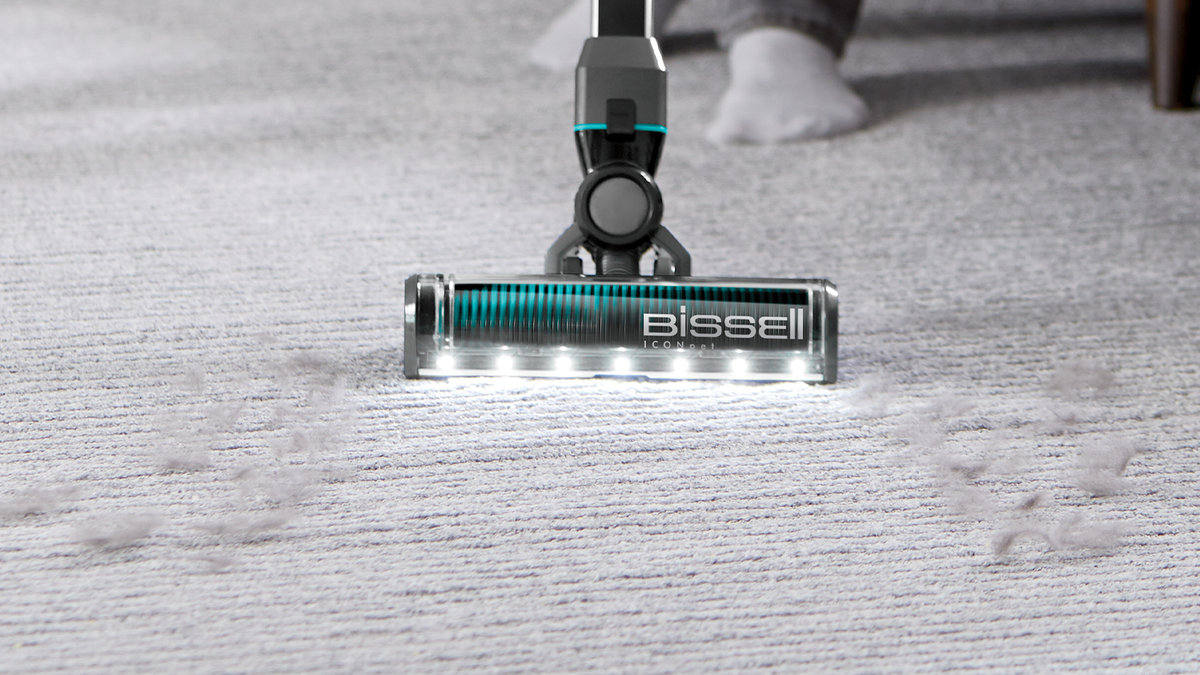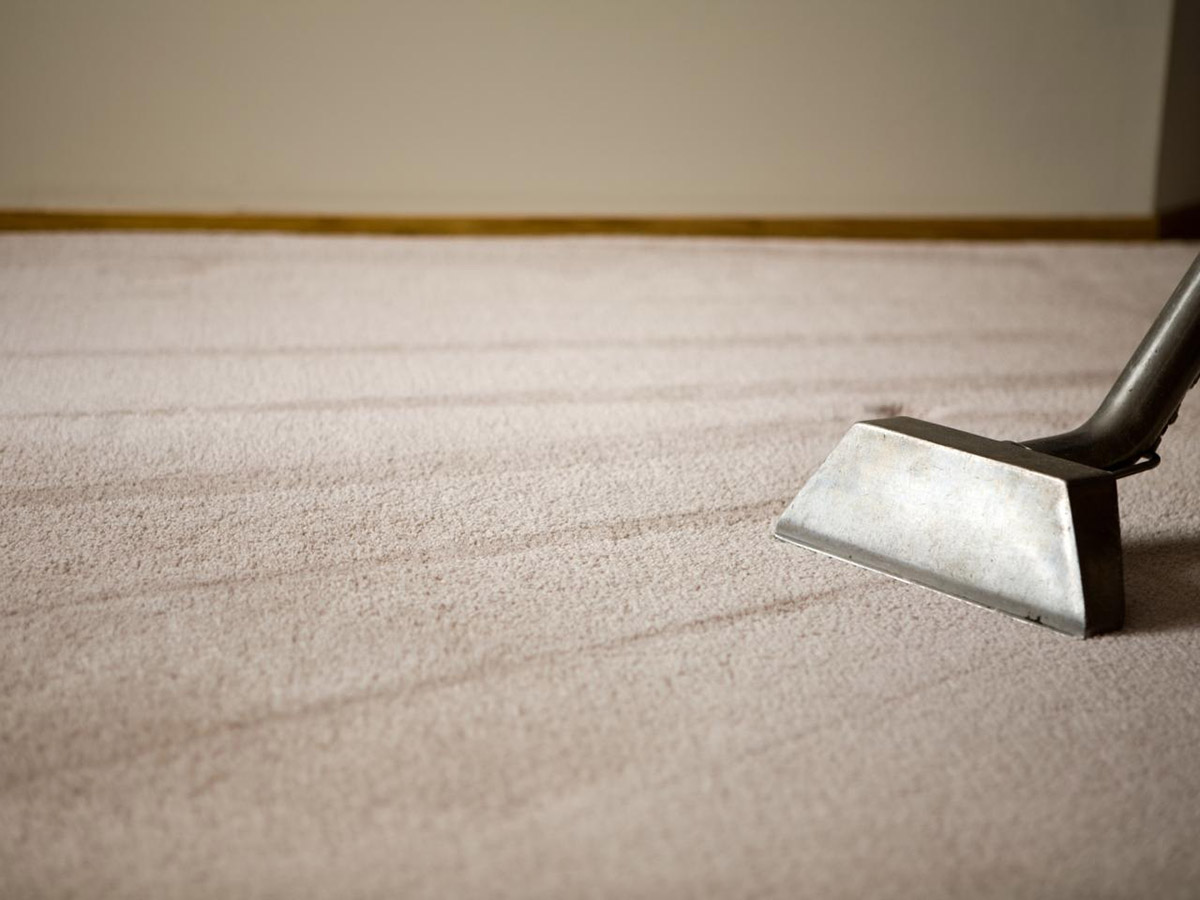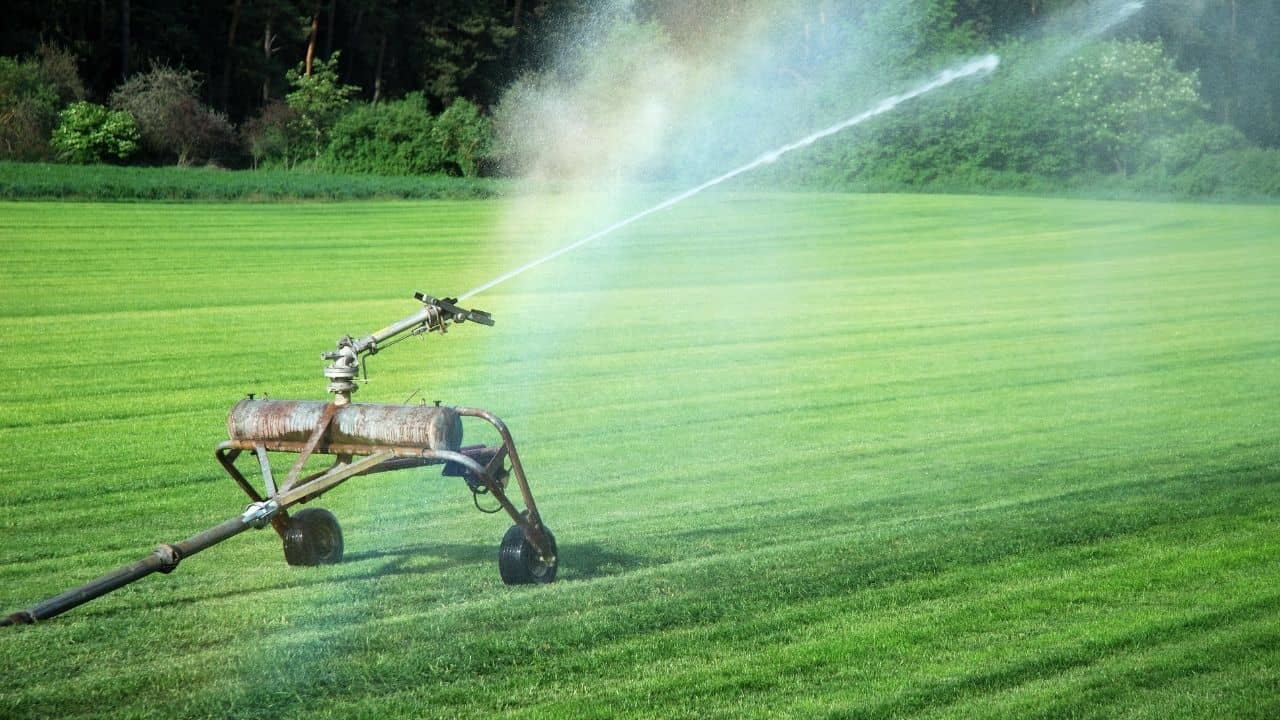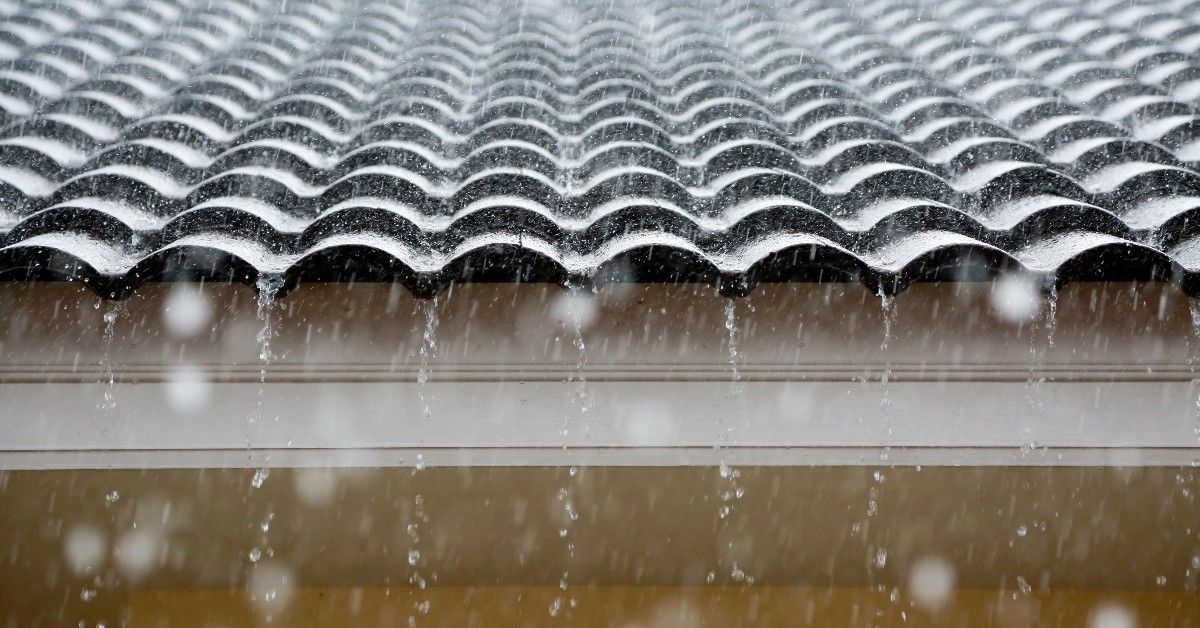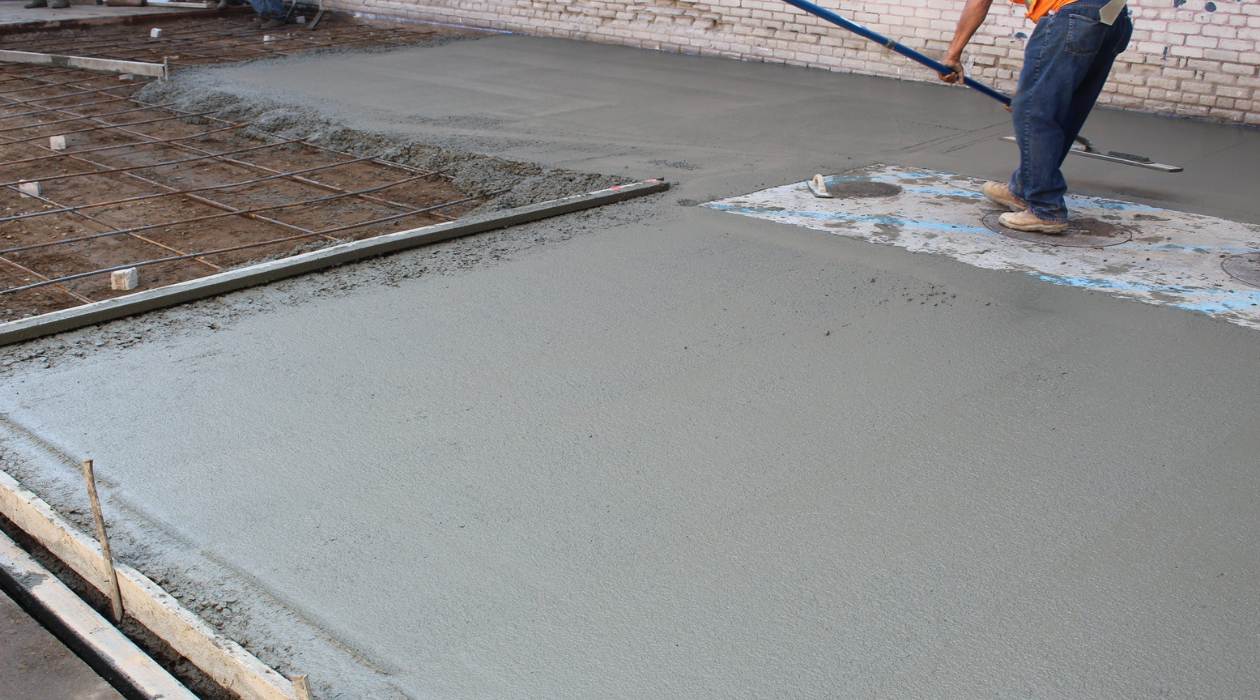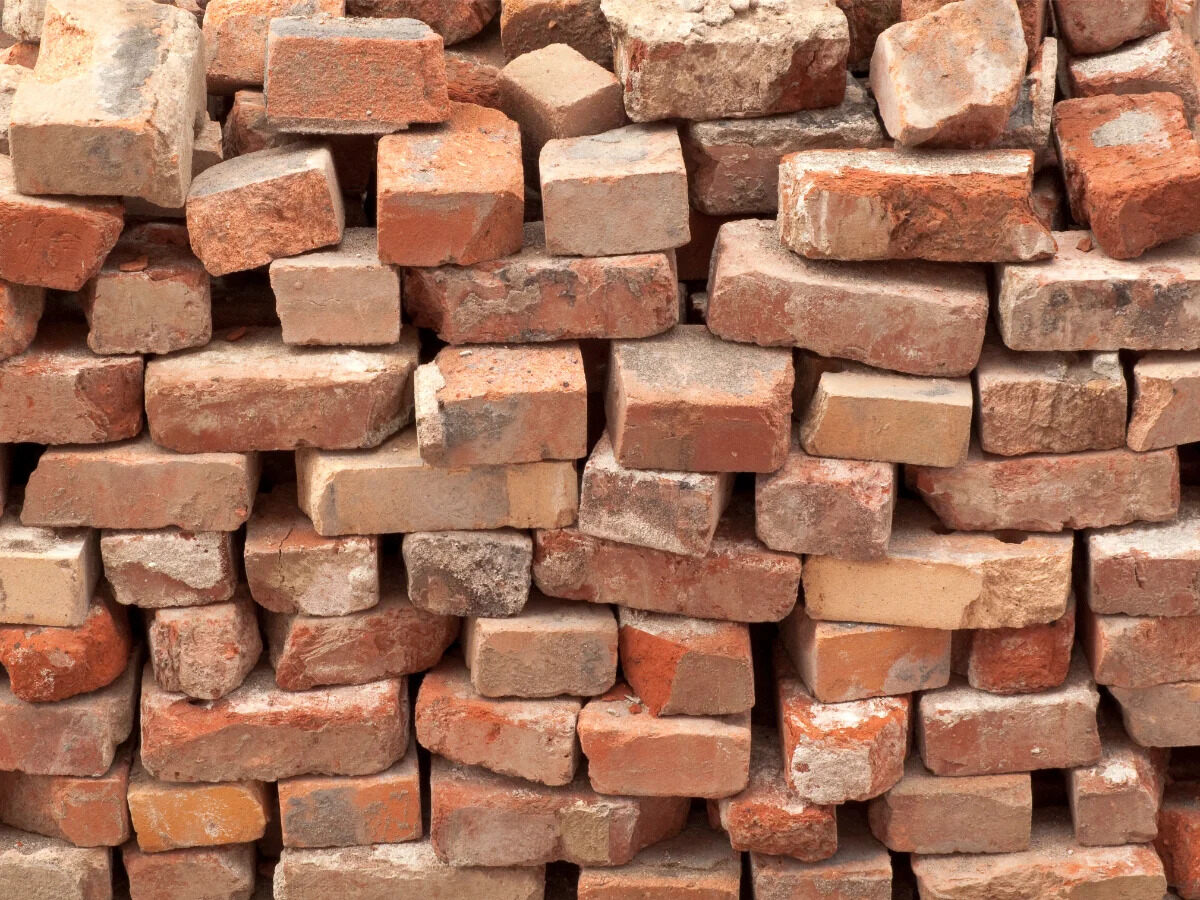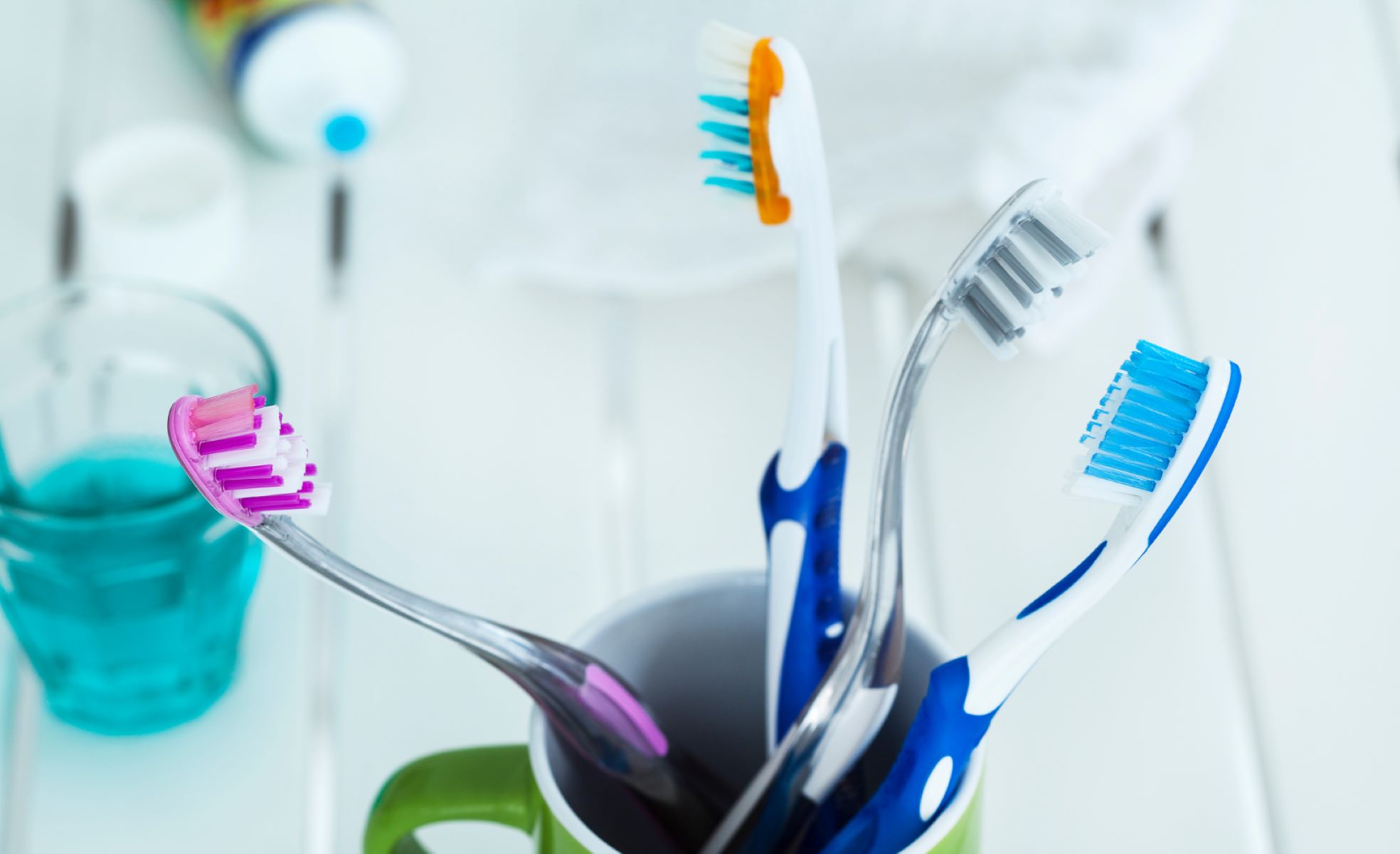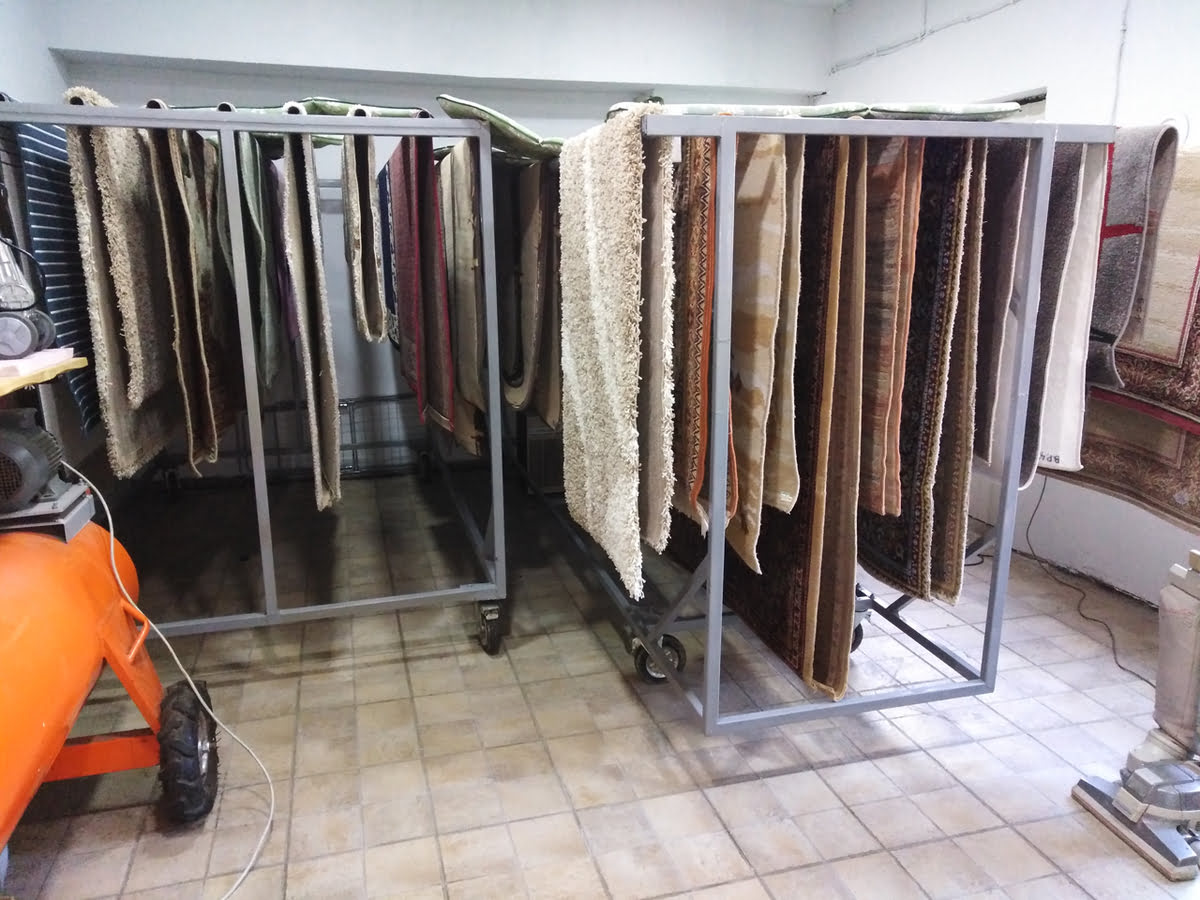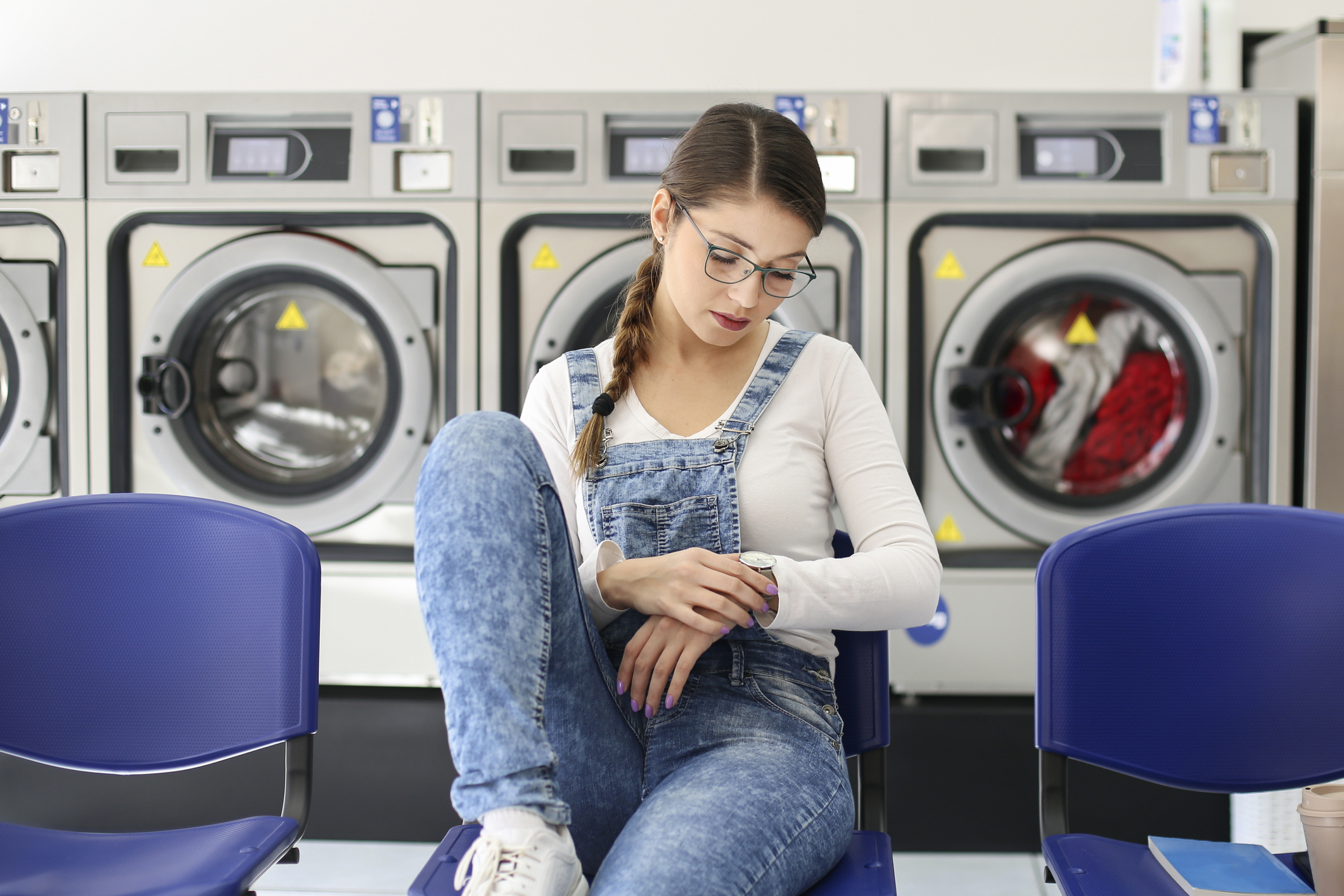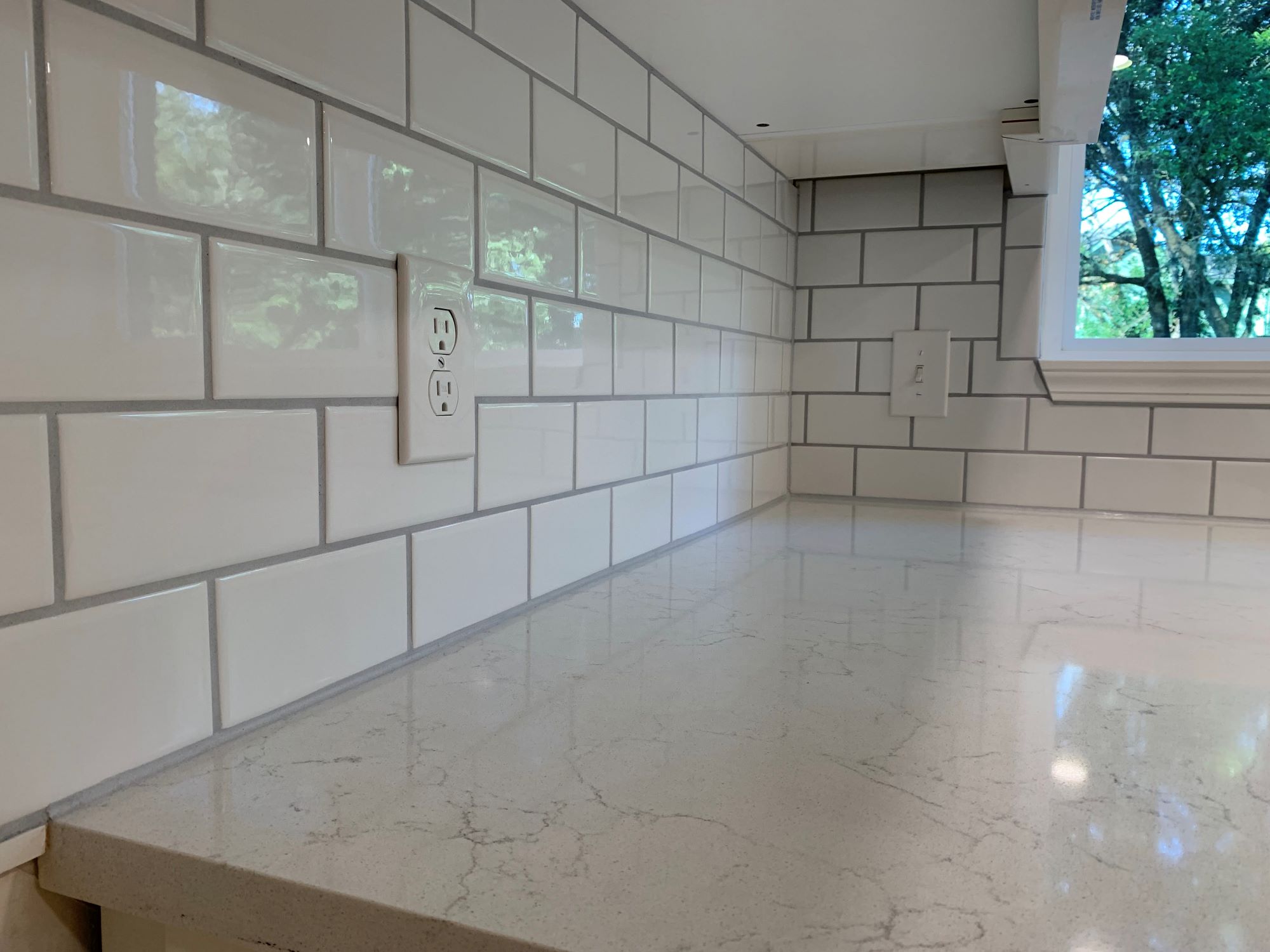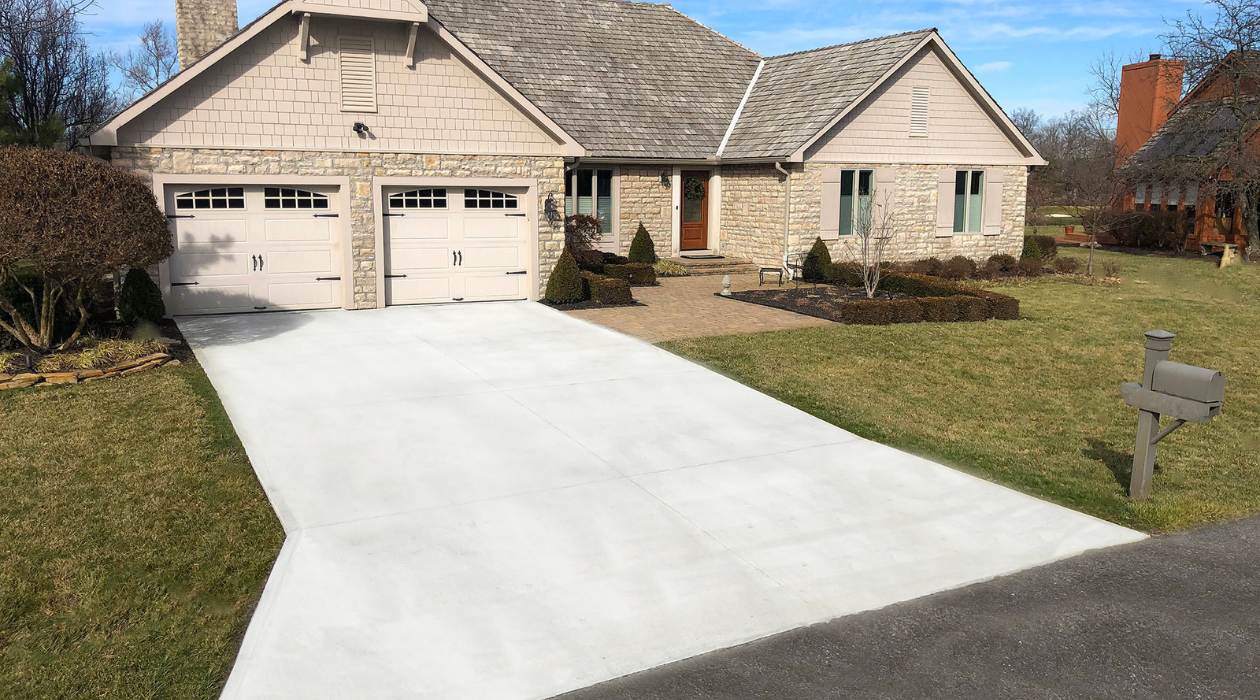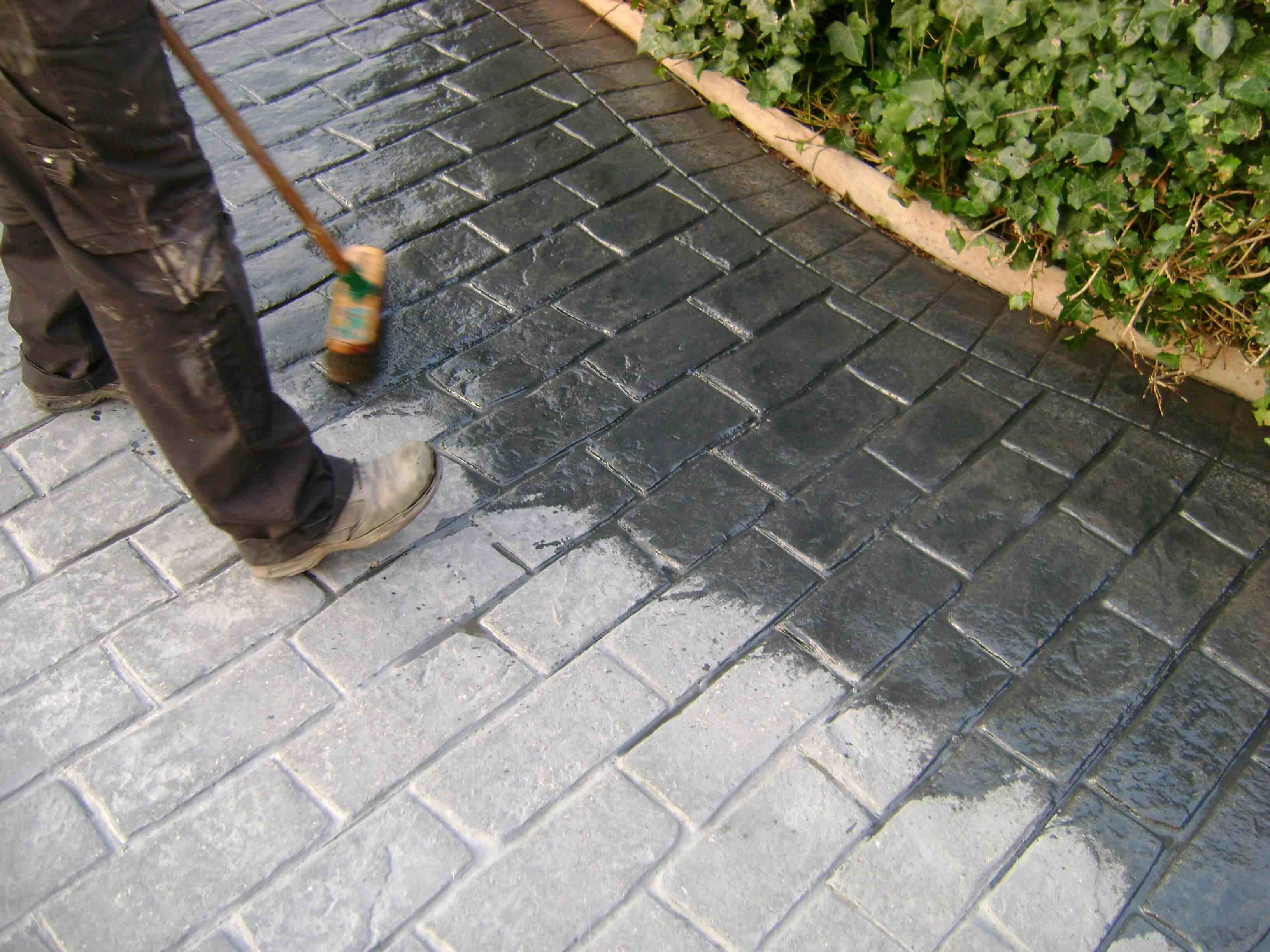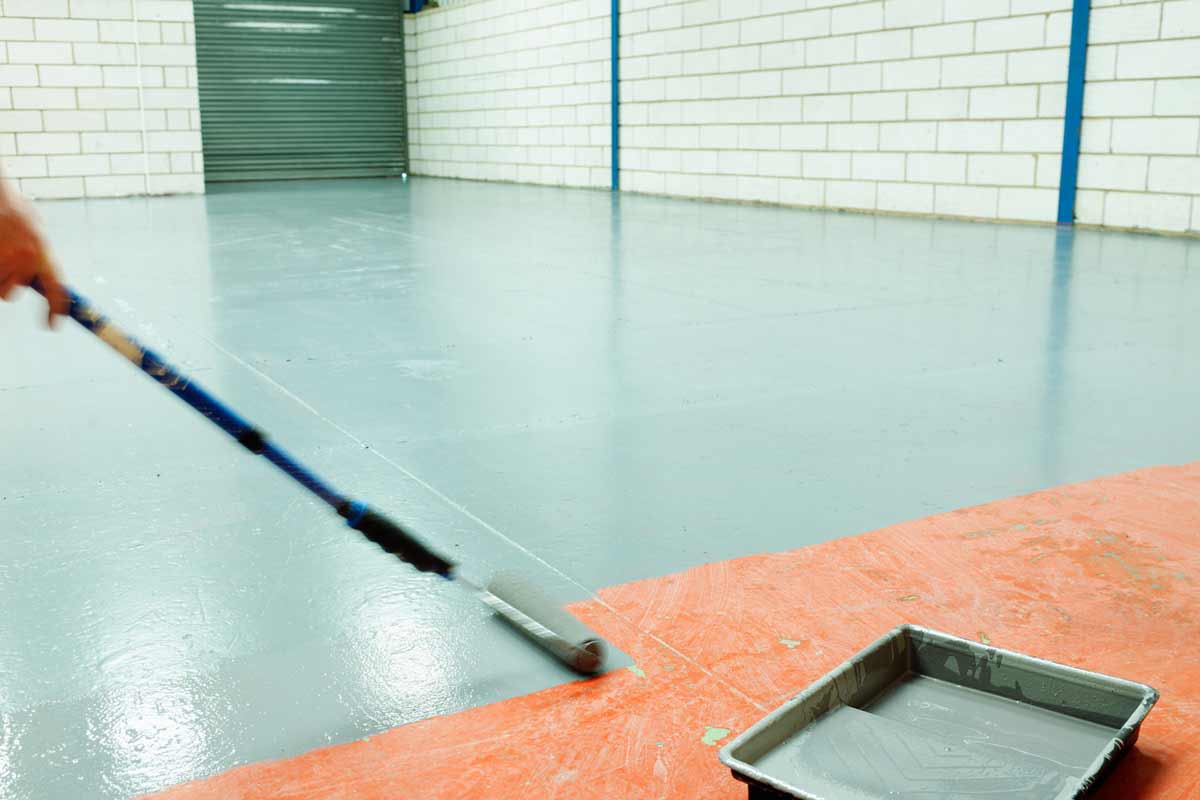Home>Articles>How Long Does It Take For A Carpet To Dry After Cleaning
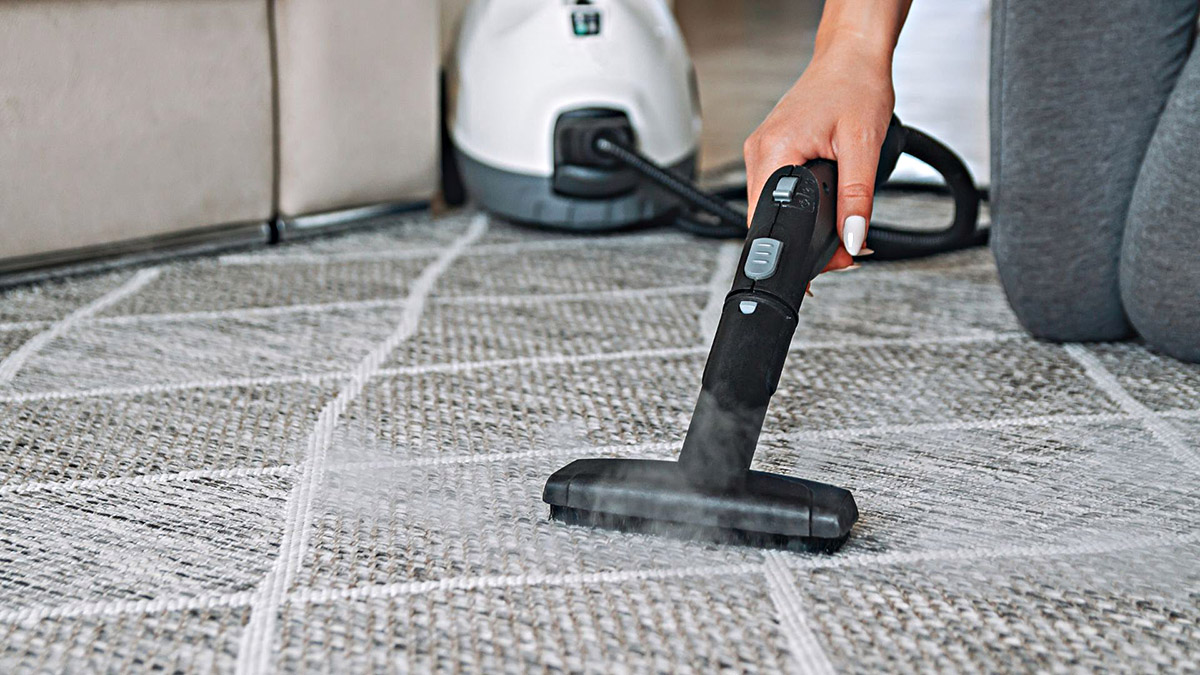

Articles
How Long Does It Take For A Carpet To Dry After Cleaning
Modified: February 25, 2024
Discover how long it takes for a carpet to dry after cleaning. Read our informative articles on the drying process and tips to expedite the drying time.
(Many of the links in this article redirect to a specific reviewed product. Your purchase of these products through affiliate links helps to generate commission for Storables.com, at no extra cost. Learn more)
Introduction
Having your carpets professionally cleaned is a great way to maintain their appearance and extend their lifespan. However, one of the biggest concerns for homeowners after carpet cleaning is how long it will take for their carpets to dry. The drying time can vary depending on several factors, such as the cleaning method used, environmental conditions, and the type of carpet.
In this article, we will explore the different factors that can affect the drying time of carpets after cleaning. We will also discuss various cleaning methods, including hot water extraction, dry carpet cleaning, and steam cleaning, and how they can impact the drying process. Finally, we will provide some useful tips to help you speed up the drying time and get your carpets back to normal as quickly as possible.
So, if you’re curious about how long it takes for a carpet to dry after cleaning, read on to find out more!
Key Takeaways:
- Understanding the factors affecting carpet drying time, such as cleaning method, carpet type, and environmental conditions, can help estimate and plan for the drying process after professional cleaning.
- Implementing strategies to maximize airflow, remove excess moisture, and follow professional recommendations can help expedite the drying time of carpets after cleaning, ensuring efficient and effective results.
Factors Affecting Drying Time
The drying time of carpets after cleaning can vary depending on several factors. Understanding these factors can help you estimate how long it will take for your carpets to dry and plan accordingly. Let’s take a look at some of the key factors that can affect the drying time:
- Cleaning Method: The cleaning method used plays a significant role in determining the drying time. Different methods, such as hot water extraction, dry carpet cleaning, and steam cleaning, have varying levels of moisture involved. Hot water extraction typically requires more water, resulting in a longer drying time compared to dry carpet cleaning methods.
- Carpet Fiber: The type of carpet fiber also affects the drying time. Natural fibers like wool or cotton may take longer to dry compared to synthetic fibers. Natural fibers tend to absorb more moisture, which slows down the drying process.
- Humidity and Temperature: Environmental conditions, such as humidity and temperature, play a crucial role in carpet drying. Higher humidity levels slow down evaporation, prolonging the drying time. Conversely, low humidity and warm temperatures facilitate faster drying.
- Airflow and Ventilation: The circulation of air and proper ventilation in the room can significantly impact drying time. Good airflow helps moisture evaporate from the carpet more quickly. Opening windows, turning on fans, or using dehumidifiers can help improve airflow and speed up the drying process.
- Carpet Thickness: Thicker carpets may take longer to dry compared to thinner ones, as they can retain more moisture. The density of the carpet and the padding underneath also affect the drying time. Thicker carpets may require a longer drying time to ensure complete moisture removal.
It is important to note that these factors interact with each other, meaning that the drying time can be influenced by multiple factors simultaneously. For example, if you have thick, natural fiber carpets in a high-humidity environment, the drying time could be longer compared to thin, synthetic fiber carpets in a well-ventilated room.
Now that we have a better understanding of the factors that can affect carpet drying time, let’s explore the different cleaning methods and how they impact the drying process.
Method 1: Hot Water Extraction
Hot water extraction, also known as steam cleaning, is one of the most common methods used for deep cleaning carpets. This method involves injecting hot water and cleaning solution into the carpet and then extracting it along with the loosened dirt and debris. Here is how hot water extraction affects the drying time:
1. Water Usage: Hot water extraction uses a significant amount of water to clean the carpets thoroughly. While the cleaning process effectively removes dirt and stains, the excess moisture left behind can prolong the drying time. The carpets may feel damp for several hours or even overnight.
2. Evaporation: The drying time for carpets cleaned using hot water extraction largely depends on the evaporation rate. Factors such as humidity, temperature, and airflow in the room will influence how quickly the moisture evaporates. It is recommended to increase airflow by opening windows, using fans, or turning on air conditioning or dehumidifiers.
3. Carpet Thickness: As mentioned earlier, thicker carpets will require more time to dry irrespective of the cleaning method. The hot water extraction process adds moisture deep into the carpet fibers, and thicker carpets may retain more moisture, extending the drying time.
4. Professional Equipment: Hot water extraction is typically performed by professional carpet cleaners using specialized equipment. These machines have powerful suction capabilities to extract as much moisture as possible, reducing the drying time. It is essential to hire experienced professionals who know how to use the equipment effectively.
5. Carpet Condition: The condition of the carpet before cleaning can also impact the drying time. If the carpet is heavily soiled or stained, it may require multiple passes of hot water extraction to achieve optimal results. This, in turn, can increase the amount of moisture in the carpet and extend the drying time.
Overall, hot water extraction is an effective method for deep cleaning carpets but may result in longer drying times due to the use of water. It is best to plan accordingly and allow sufficient time for the carpets to dry completely before walking on them or replacing furniture. Now, let’s move on to the next method: dry carpet cleaning.
Method 2: Dry Carpet Cleaning
Dry carpet cleaning is an alternative method to hot water extraction that uses minimal moisture during the cleaning process. Instead of using water, dry carpet cleaning techniques rely on specialized cleaning compounds or powders that are applied to the carpet and then vacuumed or agitated to remove dirt and stains. Here is how dry carpet cleaning affects the drying time:
1. Moisture Content: Dry carpet cleaning methods are designed to minimize the use of moisture, which means the carpets will not become saturated during the cleaning process. This significantly reduces the drying time compared to hot water extraction.
2. Immediate Use: One of the advantages of dry carpet cleaning is that the carpets can be immediately used after the cleaning process. Since there is minimal moisture involved, there is no need to wait for the carpets to dry completely before walking on them or replacing furniture.
3. Cleaning Compound: Dry carpet cleaning utilizes specialized cleaning compounds or powders that are designed to attract and absorb dirt and stains. These compounds are usually left on the carpet for a certain period and then vacuumed or agitated to remove them along with the dirt. The absence of water ensures that the carpet fibers do not become excessively wet, resulting in a faster drying time.
4. Room Ventilation: While dry carpet cleaning methods are generally faster in terms of drying time, proper room ventilation can further expedite the process. Opening windows, using fans, or turning on air conditioning or dehumidifiers can help facilitate the evaporation of any residual moisture in the carpet.
5. Carpet Condition: Similar to other cleaning methods, the condition of the carpet before cleaning can impact the drying time. If the carpet is heavily soiled or stained, it may require more time and effort to achieve satisfactory results with dry carpet cleaning. The presence of stubborn stains may necessitate additional treatments, which can extend the overall cleaning and drying time.
Dry carpet cleaning offers a quicker drying time compared to hot water extraction, making it a convenient option for those who need their carpets to be ready for immediate use. However, it is essential to note that heavily soiled or stained carpets may require pre-treatment or multiple cleaning sessions to achieve the desired outcome. Let’s move on to the next method: steam cleaning.
After professional carpet cleaning, it typically takes 6-10 hours for the carpet to dry completely. Factors like humidity, airflow, and carpet thickness can affect drying time. Use fans and open windows to speed up the process.
Method 3: Steam Cleaning
Steam cleaning is another popular method used to deep clean carpets. This method utilizes hot steam, generated by a specialized machine, to loosen dirt and stains from the carpet fibers. Here is how steam cleaning affects the drying time:
1. Steam Temperature: Steam cleaning involves the use of high-temperature steam, which helps to break down dirt and bacteria on the carpet. While the heat aids in the cleaning process, it also adds moisture to the carpet, which can extend the drying time.
2. Water Extraction: Steam cleaners have powerful suction capabilities, allowing them to extract most of the moisture and dirt from the carpet during the cleaning process. However, some residual moisture may still remain, contributing to the overall drying time.
3. Carpet Type and Condition: The type and condition of the carpet can affect the drying time after steam cleaning. For example, carpets with thicker or denser fibers may take longer to dry compared to thinner carpets. Additionally, if the carpet is heavily soiled or stained, it may require multiple passes of steam cleaning, which can increase the overall moisture content and prolong the drying time.
4. Environmental Factors: Environmental factors such as humidity and room temperature can influence the drying time. Higher humidity levels slow down the evaporation process, while lower humidity and warmer temperatures facilitate faster drying. It is beneficial to ensure proper airflow and ventilation by opening windows or using fans or air conditioning to speed up the drying process.
5. Room Size: The size of the room being cleaned can also impact the drying time. Larger rooms may have less airflow and circulation, which can extend the overall drying time. In such cases, using fans or other devices to improve air movement can help expedite the drying process.
It is important to note that the drying time for steam cleaning can vary based on different factors. On average, carpets may take around 6-12 hours to dry completely after steam cleaning. However, the drying time may be shorter or longer depending on the specific circumstances and environmental conditions.
Now that we have discussed the various carpet cleaning methods and their impact on drying time, let’s move on to some tips to help you speed up the drying process.
Tips for Faster Drying
While the drying time of carpets after cleaning can depend on various factors, there are several tips you can follow to help speed up the process. Here are some effective strategies to promote faster carpet drying:
- Maximize Airflow: Increase the airflow in the room by opening windows and doors. This allows fresh air to circulate and aids in moisture evaporation. You can also use fans or turn on air conditioning or dehumidifiers to enhance air movement.
- Use Ceiling Fans: If you have ceiling fans, make sure they are turned on to the highest setting. Ceiling fans create airflow near the floor, which helps expedite the drying process.
- Remove Excess Moisture: Use a dry towel or clean cloth to blot any excess moisture from the carpet surface. Avoid rubbing or scrubbing, as this can damage the fibers or push the moisture further into the carpet.
- Elevate Furniture: Lift furniture legs or place aluminum foil or plastic tabs underneath them to prevent them from directly contacting the freshly cleaned carpet. This allows air to circulate and speeds up drying.
- Follow Professional Recommendations: If you have hired professional carpet cleaners, make sure to follow their recommendations for drying time and post-cleaning care. They may provide specific instructions tailored to your carpet type and cleaning method.
- Monitor Humidity Levels: Keep an eye on the humidity levels in the room. If the humidity is high, consider using a dehumidifier to reduce moisture in the air and facilitate faster drying.
- Be Patient: Allow ample time for the carpets to dry completely before walking on them or replacing furniture. Rushing the process can lead to re-soiling or damage to the freshly cleaned carpets.
By implementing these tips, you can help accelerate the drying time of your carpets after cleaning. Remember that the actual drying time can still vary based on factors such as cleaning method, carpet type, and environmental conditions. It’s essential to exercise caution and wait until the carpets are thoroughly dry before resuming regular foot traffic.
Now, let’s conclude our discussion on carpet drying after cleaning.
Conclusion
The drying time of carpets after cleaning is influenced by various factors such as the cleaning method used, environmental conditions, carpet type, and thickness. Understanding these factors can help you estimate how long it will take for your carpets to dry and plan accordingly.
Hot water extraction, also known as steam cleaning, is a common method that uses hot water and cleaning solutions to deep clean carpets. While it can provide thorough cleaning results, it often requires a longer drying time due to the use of water. Dry carpet cleaning, on the other hand, uses minimal moisture and allows for immediate use of the carpets after cleaning.
Steam cleaning, with its high-temperature steam, effectively removes dirt and stains from carpets, but it does introduce moisture that may extend the drying time. It is crucial to consider the specific circumstances, such as humidity levels, room ventilation, and carpet condition when estimating the drying time.
To promote faster drying, you can maximize airflow in the room by opening windows, using fans, or turning on air conditioning or dehumidifiers. Removing excess moisture with towels, elevating furniture, and following professional recommendations can also help expedite the drying process.
Remember, patience is key. It is better to allow ample time for the carpets to dry completely before resuming regular foot traffic to avoid re-soiling or damage. By following proper care and maintenance methods, you can ensure that your carpets not only stay clean but also dry efficiently.
Now that you have a better understanding of the factors affecting carpet drying time and various techniques to promote faster drying, you can confidently schedule your carpet cleaning and plan accordingly. Enjoy fresh, clean, and dry carpets that enhance the overall ambiance of your home!
Frequently Asked Questions about How Long Does It Take For A Carpet To Dry After Cleaning
Was this page helpful?
At Storables.com, we guarantee accurate and reliable information. Our content, validated by Expert Board Contributors, is crafted following stringent Editorial Policies. We're committed to providing you with well-researched, expert-backed insights for all your informational needs.

